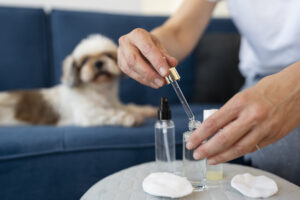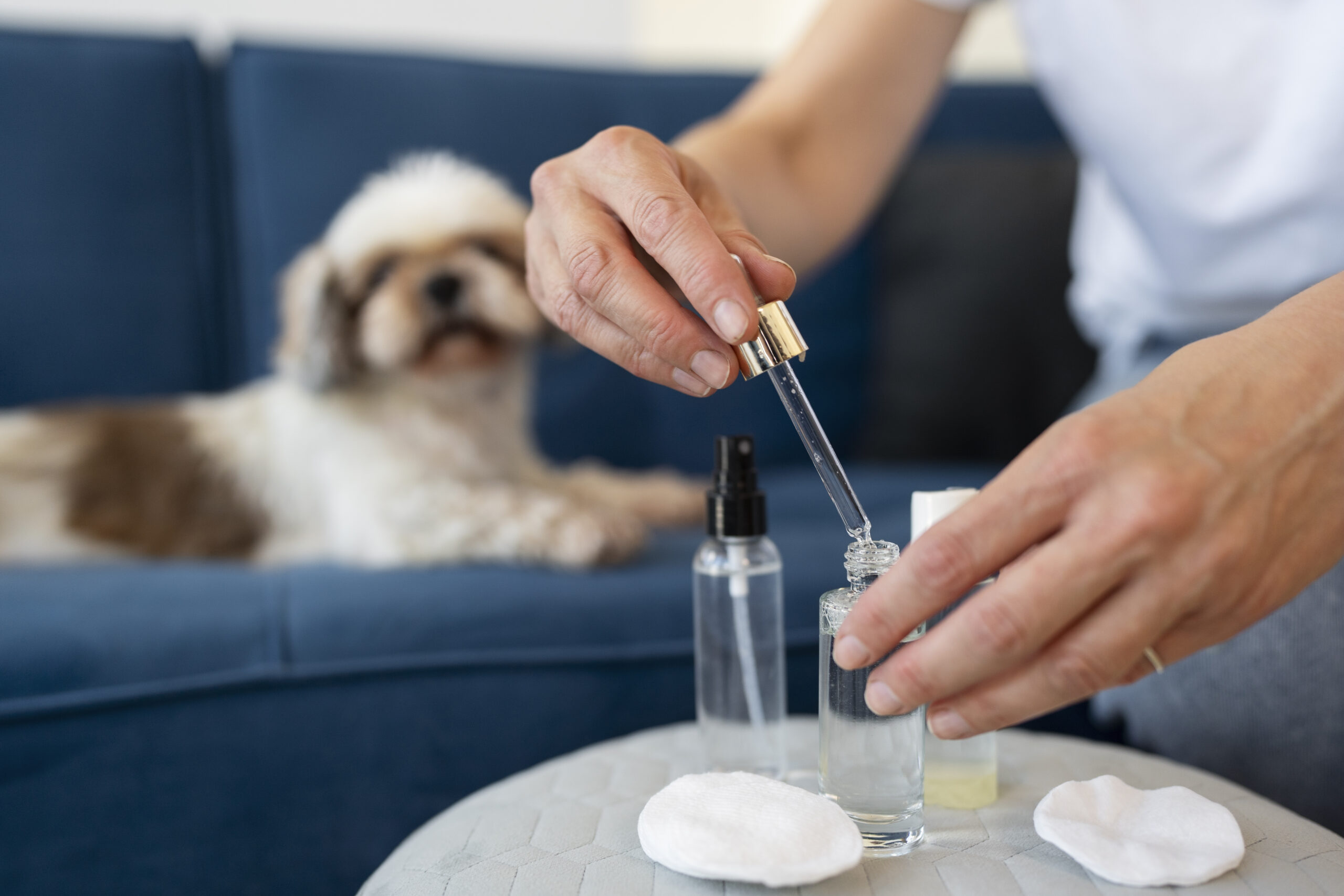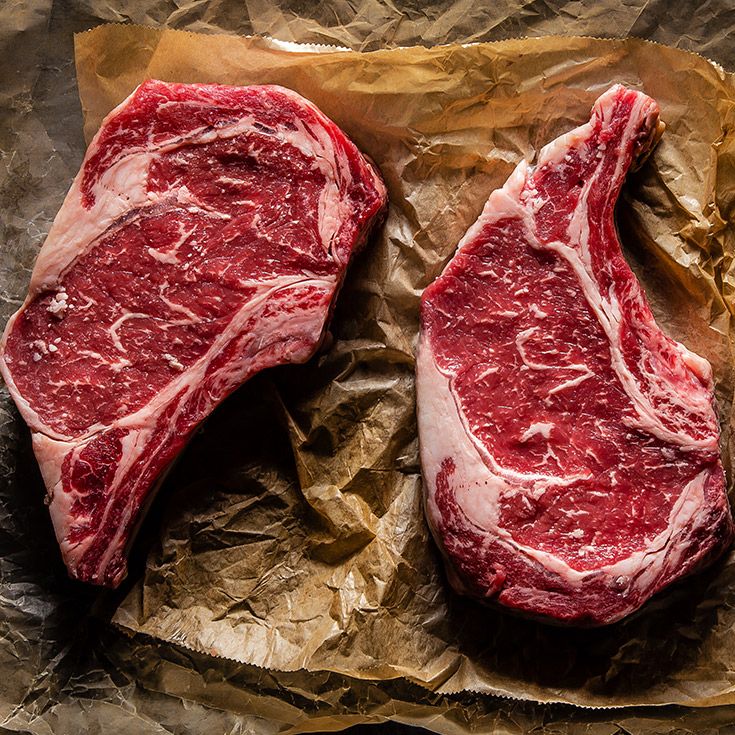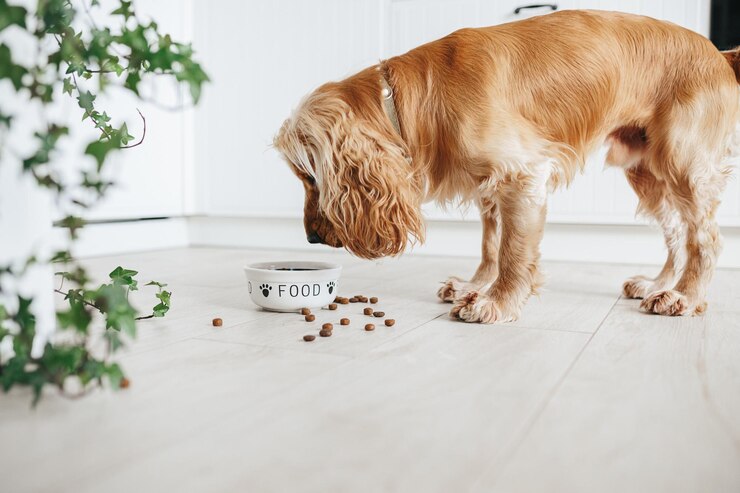Is Glycerin Bad for Dogs? A Comprehensive Guide in 2025

One component known to many might be glycerin when selecting food or treats for your dog. Glycerin is often included on the label as a preservative or a humectant, and it does more than one job in pet products. However, questions often arise: Is glycerin bad for dogs? How does it alter their health and digestion? A detailed tutorial on glycerin: what you can consider knowing about it and how it can influence your pet.
Quick Overview
Here is a quick overview of glycerine so that you can easily understand whether glycerine is good or bad for dogs.
| Aspect | Details |
| What is Glycerin? | A clear, sweet-tasting liquid derived from plants, animals, or synthetics. |
| Common Uses | Adds moisture, improves texture, and enhances flavor in dog food and treats. |
| Safety | Plant-based glycerin is generally safe, but synthetic glycerin should be avoided. |
| Risks | Overconsumption can lead to digestive issues, weight gain, or sensitivity reactions. |
| Alternatives | Dehydrated or freeze-dried treats, or homemade options without glycerin. |
What Is Glycerin?
Glycerin, or glycerol, is a widely applicable sweetener in many industries, including the manufacturing of pet food. It acts as:
A humectant: Absorbs and retains moisture so that it modifies the surface characteristics of products to enhance softness.
A Sweetener: Glycine is a natural sweetener that puts a sweet taste to food and thus enhances its taste without having to use other artificial sugars.
A Preservative: Sustainable formation that prevents microbial formation, hence extending the shelf life of the food.
Kinds of Glycerin Used in the Products for Dogs
Plant-Based Glycerin: From oils such as palm or coconut; the best and non-synthetic choice.
Animal-Based Glycerin: From animal origin, generally safe if the source is properly chosen.
Synthetic Glycerin: Derived from petroleum and comparatively undesirable owing to their impurities.
Glycerin is used in dog food and treats for several purposes, as we will discuss below in detail.
1. Moisture Retention
Having hygroscopic properties, glycerin tends to absorb moisture from the surroundings and sustains the treats as moist and soft to enable pets and animals to have the desire to take and have an optimal experience as they chew.
2. Flavor Enhancement
Dogs personally appreciate sugary things, so using natural sweeteners will make the treats command more attention. This is most suitable for those parents who have very selective children when it comes to food.
3. Extended Shelf Life
The denial of bacterial metabolic needs for water and glycerin makes a product less susceptible to bacterial spoilage and thus lasts longer.
4. Texture Improvement
Glycerine is used to produce a moister product with a soft and chewy feel, which is preferred for consumers with dental problems in dogs.
Comparing Glycerin-Based and Glycerin-Free Treats
| Aspect | Glycerin-Based Treats | Glycerin-Free Treats |
| Texture | Soft and chewy | Crunchy or dry |
| Shelf Life | Longer | Shorter |
| Suitability | Ideal for most dogs | Best for dogs with sensitivities |
Effects of Glycerin on Dogs
Even though glycerin is safe for dogs, it is vital to note that its kind, volume, and the personality of the dog can at times cause either a positive or negative impact on the body of the dog.
1. Effects on Dog Food Quality
- Improved Taste and Texture: Glycerin serves to improve the taste of a dog’s food, which makes it even more preferred by the dog.
- Shelf Life Stability: In addition to enhancing product shelf life, its preservative characteristics keep product quality for a longer time.
2. Effects on Dog Metabolism
- Glycerin is a carbohydrate and has a “caloric’’ value. Although it supplies energy, too much of it increases the weight of the body.
- Small amounts of glycerin, when consumed, do not hurt the metabolic system of dogs. But synthetic glycerin has health risks because it brings other dangerous chemicals into their system.
3. Impact of Hygroscopic Behavior on Dogs
- Hydration Balance: What makes glycerin special is that it’s hygroscopic, meaning it can absorb and hold a great amount of water, which can be good or bad depending on the situation. It is useful in moderation in that it will allow treats to stay moist. However, too much can lead to mild dehydration if the water follows the electrolytes into the large intestine, leading to diarrhea.
4. Effects on Digestion
- Positive Impact: Moderation is key because even though glycerin does not cause a lot of digestive problems, it also helps the texture of semi-moist food and can assist in easy chewing and swallowing.
- Negative Impact: Excess may lead to complications of leakage, wind, or diarrhea. Dogs who suffer from this health issue are those with sensitive stomachs.
Is Glycerin Bad for Dogs?
The answer depends on:
Type of Glycerin: Glycerin derived from plants is harmless, but the artificial version should not be used.
Quality of the Product: If the manufacturers that are selling glycerin reveal their sources, then they are more reliable brands.
Quantity Consumed: However, the recommended amount should not be exceeded because the digestion of glycerin-based products may cause some harm.
What Is the FDA on Glycerin in Dog Food?
About lubricants, the FDA has concluded that glycerin is harmless in pet food and treats if it is produced and obtained appropriately. However, the agency emphasizes:
- Source Transparency: Manufacturers should specify on their products whether they used plant-derived or animal-derived glycerin or if they used synthetic glycerin.
- Safety Testing: Products that have glycerin added in their formulation must be safe for human consumption, and quality assurance is needed to ensure that it is free from certain elements.
- From the foregoing, potential pet owners should avoid firms with formulations whose production does not conform to FDA regulations or firms that do not disclose the contents of the foods they produce.
10 Common Symptoms Your Dog Might Be Allergic to Glycerin
Some dogs may react negatively to glycerin, showing signs such as:
- Diarrhea or loose stools.
- Glycerin has the quality of absorbing water; the thirst rate increases.
- Bloating or flatulence.
- Fatigue as a result of checkerboarding with glycerin-based products.
Conclusion: Is Glycerin Bad for Dogs?
Glycerin is commonly used in dog treats or food products for dogs. When used responsibly from socially responsible sources, plant-based glycerin is deemed safe and even healthy for consumption to maintain treat texture and palatability. However, synthetic glycerin and excessive consumption are sometimes dangerous depending on the dog’s sensitivity and medical conditions.
You therefore get to give your dog nice and healthy treats that are safe for their digestion when you go for the best and most recommended brands in the pet market. It contains glycerin, which might not appeal to sensitive stomachs or those dogs that need to be put on a low-calorie diet.
Always seek your vet’s advice when in doubt and decide if you should incorporate products containing glycerin into your dog’s diet.







